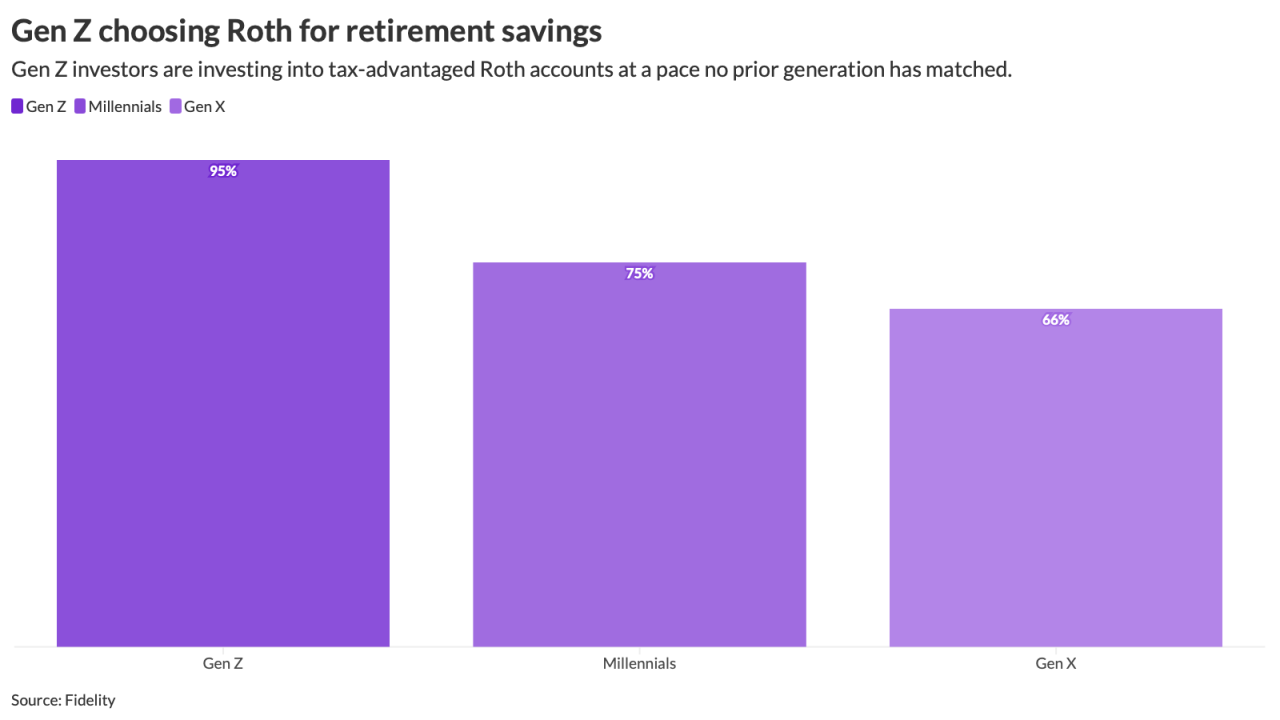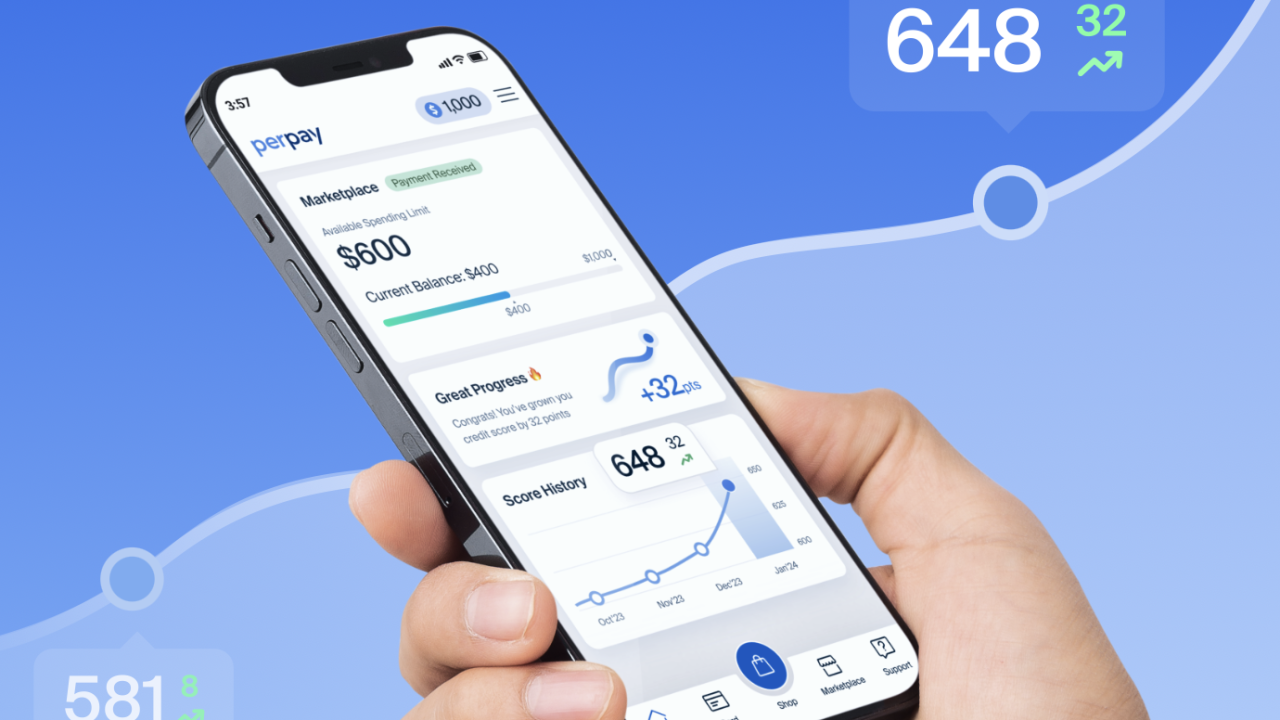- Key Insight: Discover how hyper-personalized, persona-driven communications outperform one-size-fits-all enrollment outreach.
- What's at Stake: Misaligned enrollment messaging risks coverage lapses, employee dissatisfaction and increased employer costs.
- Forward Look: Prepare for renewed in-person benefits fairs and targeted, age-based preventive-care campaigns.
- Source: Bullets generated by AI with editorial review
Part 4 in a multi-part series about advisers' approach to open enrollment. Catch up on the full series here:
- Part 1:
Preparing for open enrollment: Advisers face significant headwinds in Q4 - Part 2:
Preparing for open enrollment: Generational tipping point shaping adviser strategies - Part 3:
Preparing for open enrollment: Benefits literacy a linchpin for success
It starts with choosing the right decision-support tool. She cites several leading candidates, including bswift, Businesssolver and Alight, as well as third-party solutions such as ALEX by Jellyvision that provide interactive guided support that generate tailored recommendations.
"We know that people learn in different ways, and not everyone's going to take the time to use a tool because there are still people out there who are really quite frightful of privacy," she says.
A huge mistake that brokers and their employer clients tend to make is soft selling at open enrollment, according to Alan Cohen, co-founder of Centivo, who suggests highlighting differences in healthcare coverage and showing the advantages of each option.
"Americans are smart consumers and don't expect to have the exact same thing," he says. "They understand that there are prices and values and benefits to everything. If you soft sell it, you're going to end up with miserable people, and you're also not going to get them to do the behaviors you want them to do again."
Read more:
To augment decision-support tools, Brown & Brown develops "employee personas" so that individuals can review a brochure, attend a presentation or visit a website where they can see a handful of representative employees and find the one that most resembles them
"They can read these stories and find themselves in them in a way that for some employees just feel safer than using a tool that's going to capture their company's data," Illiano explains. "No decision support, no written material, no in-person town hall is going to be one-size-fits-all because people have different biases, learning styles, preferences and ways that they retain information."
Finding appropriate care
One highly effective vehicle for a more customized approach that Illiano is particularly bullish about involves
Read more:
Since employers have this data in their HRIS, she says they know when someone will be turning 40 or 50 and can easily push out a birthday message reminding them about receiving preventive care that's relevant to them. To work around feeling intrusive or an invasion of privacy from the employer, she recommends having point solution providers be the ones that generate hyper-personalized messaging around what employees should be doing and where they can get that care in a way that works for them.
Her advisory helps covered lives strategically determine where to receive the most appropriate care based on what's ailing them — whether it's through a 24-hour nurse hotline, virtual visit, primary care provider, urgent care or the ER — and how much they can expect to pay.
In the end, employers almost have to force their employees to pay attention because they could potentially lose coverage if there are any missteps. "A lot of times we're asking them to think about benefits at night or on the weekend when they go home after they've already spent hours thinking about all things related to work," Illiano observes. "So, we've got an opportunity to capture them during the work day with in-person events. And we're seeing a resurgence of the benefits fair and live town hall gatherings."






